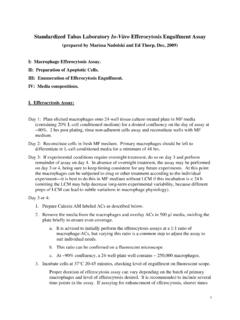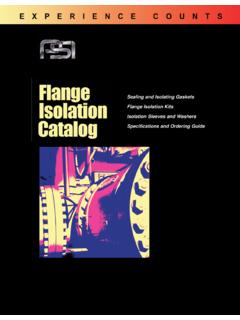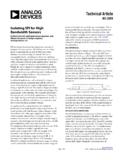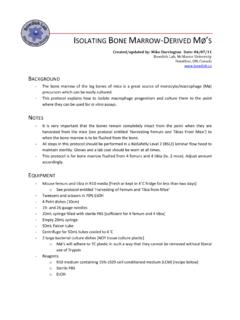Transcription of PROTOCOL FOR ISOLATING CYTOSOLIC AND …
1 Christopher Scull November 2010 PROTOCOL FOR ISOLATING CYTOSOLIC AND mitochondrial extracts FROM mouse MACROPHAGES ( PROTOCOL is modified from the PROTOCOL provided by Qiagen) Use "Qproteome Mitochondria Isolation Kit" from Qiagen (catalog # 37612) 1) Grow macrophages in 6-well plate, with ~400,000 cells per well. Many cells are needed for this PROTOCOL . At a minimum, 3 wells from the 6-well plate must be combined for each sample. 2) At the end of the experiment, wash all of the cells once with HBSS. Add 1ml per well of HBSS and gently scrape the cells. Collect at least three wells into one 15ml-conical tube. Wash the wells again with 1ml HBSS and combine all collections in the same 15ml-conical tube. Pellet the cells by spinning @ 1500 x g for 5min 3) Be sure that Protease Inhibitors have been added to the Lysis Buffer.
2 Resuspend the cell pellet in 1ml of ice-cold Lysis Buffer. Incubate for 10min at 4deg on an end-over-end shaker. 4) Centrifuge the lysate at 1000 x g for 10min at 4deg. 5) Carefully remove 800ul of supernatant to a new tube. This is the CYTOSOLIC fraction . Spin the CYTOSOLIC fraction for 5min at 13,000 x g to pellet any remaining cellular debris, and transfer 750ul of the supernatant to a clean tube. Store this fraction at -80 while the remaining steps are completed. 6) Be sure that protease inhibitors have been added to the Disruption Buffer. Resuspend the cell pellet in 700ul of Disruption Buffer and pipet up and down 15 times. Close the tube and vortex the sample for 15 sec, then place on ice 15 sec, then vortex again 15sec.
3 Leave the sample on ice while any other samples are disrupted. 7) Centrifuge the lysate at 1000 x g for 10min at 4deg. Transfer 650ul of the supernatant to a clean tube (This is the mitochondrial fraction ). Place this fraction on ice. 8) Repeat the disruption of the pellet as in step 6. Centrifuge the lysate again and add 650ul of the supernatant to the mitochondrial fraction collected in the previous step. The total mitochondrial fraction should now be ~ 9) Pellet the mitochondria by centrifuging the combined supernatant at 6000 x g for 10min at 4deg. Discard the supernatant. The mitochondria should be barely visible as a small pellet at the bottom of the tube. 1) resuspend mitochondrial pellet in ~40ul sample buffer, boil, and load ~15ul/lane.
4 Recommended electrophoresis conditions 2) concentrate CYTOSOLIC fractions ~5-fold and load 15ul/lane






